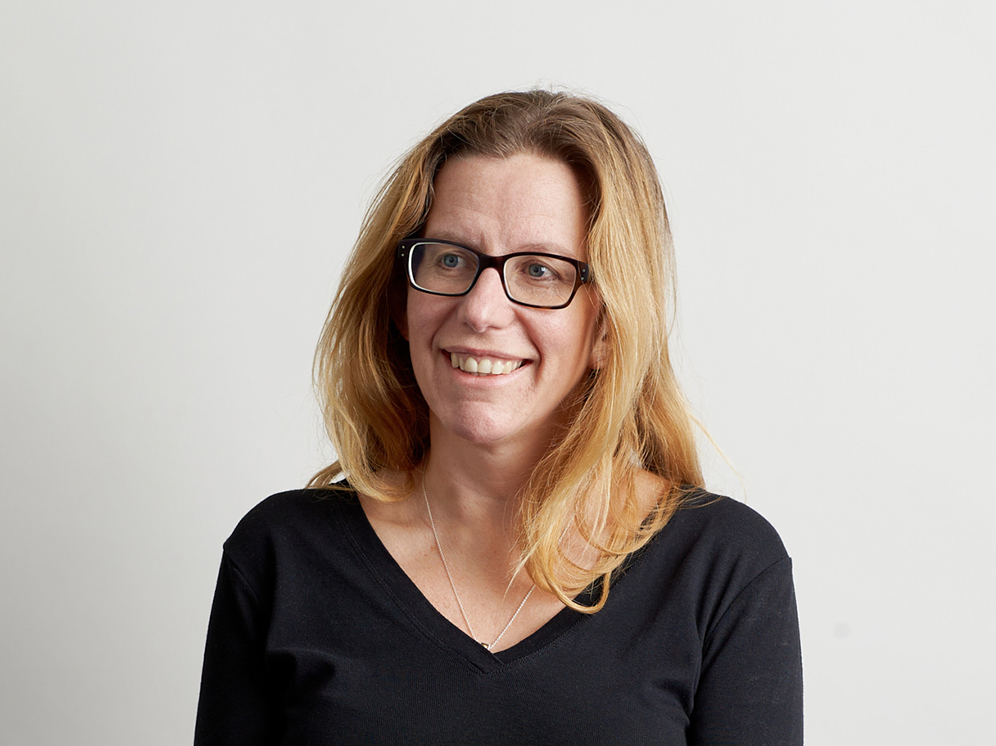Four barriers to consumer-centricity
Within our Research Practice, and our business as a whole, we’ve been talking a lot recently about our ‘people first’ approach to the work we do and how it makes a difference to our clients’ organisations. This is increasingly important as you’ve been telling us of your goals of becoming more consumer-centric. It’s a worthy aim, but not without its obstacles.
We recently spoke to a wide selection of our clients and learned some powerful lessons about the blockers that get in the way of even the best consumer-focused intentions.
From FMCG to tech, financial services to healthcare, and from homewares to leisure brands, the challenges are similar. And they can all be overcome with a more human approach to how we work together.
If you recognise any of these in yourself, your team or your business, we’d be happy to talk through solutions with you.
1 / The hard choices hurdle
Our respondents told us that when the decision is made to be more consumer-centric, leadership teams and colleagues don’t always realise the hard choices that that will demand. Teams find themselves having to give up pet projects when they lack consumer buy-in, regardless of past investment.
Confirmation bias is a particular watch-out here. Clients told us about those who listen only to what they want to hear. Or when they’ve become too used to giving way to ‘the one that shouts the loudest’ in the boardroom, and don’t trust themselves to act on what their customers say instead.
And this sometimes gets worse, we were told, in smaller, newer businesses such as tech start-ups, where the shift from a sales orientation to a marketing model is an additional challenge.
2 / The organisational obstacle
A lot of clients shared stories about how their organisations were just not prepared for the impact of trying to put the consumer at the heart of their business.
Teams from different disciplines operate in silos and use insights in different ways for different purposes. Think about how that might play out for the banks or the big FMCG businesses – their need for sympathetic, but crucially detached, facilitation through the research process might never have been greater.
And finally, there’s a perception – and probably, for some, a reality – that listening to the consumer is a slow, laborious process, which flies in the face of the demand for agility and learning at pace. That feels at odds with the way they need to work. Fortunately, it doesn’t have to be that way.

3 / The individual impasse
We are all human – you are, we are, customers, consumers and patients are. Our clients were pretty candid in spelling out how the human element within their company can be a blocker on consumer-centricity.
How do you wrangle the mis-match between the brand image you want to have, and the one in the hearts and minds of people ‘in the real world’? It might be less surprising that you need to overcome this gap when you think about the diversity of consumers who might choose your brand.
Like most of our clients it’s likely that you work in teams that include different genders, ages, ethnic, religious and national backgrounds. But as more than one client pointed out, teams usually consist of people with a very similar education and lifestyle and all earn well above the national average. So in some very important ways, they’re not that diverse at all. This can make it harder to connect with consumers – the everyday non-marketing people who buy their brands and use their services.
4 / The fear factor
And last but by no means least – there’s the obstacle of fear. Fear that there won’t be any change. Or that there will be too much of it. Fear of talking to the consumer directly. Fear of getting it wrong, of not knowing what to do. Of spending all that time and money and being no better off.
That’s not an insubstantial obstacle to get over.
But in the 21 years Incite has been in business, we’ve seen all of this. Over that time it has become very clear that addressing the human challenges you and your colleagues face can be just as important as whatever business problem you’re looking to solve.
Which is why we’ve redoubled our efforts in helping you and your teams to avoid these many obstacles and get ever closer to your consumer-centric goal.
Here’s some inspiration to help you. Look out for more in the autumn and do get in touch if you want to know more.
1 / Unlocking human-centric insights
2 / The dos and don’ts of consumer research
3 / How to make a difference in a crowded category; brand positioning for Gousto




